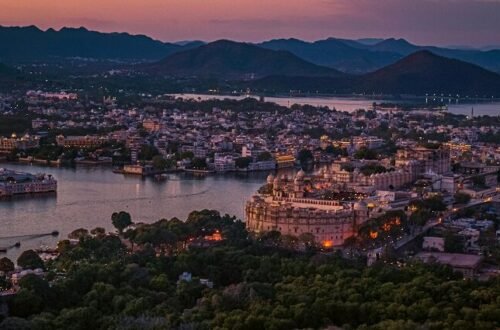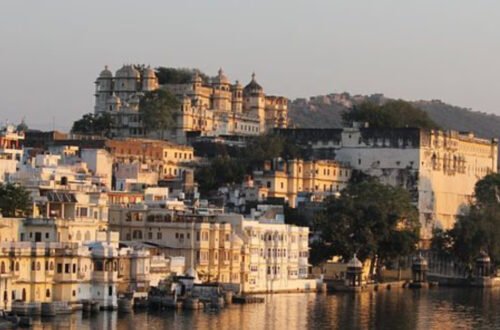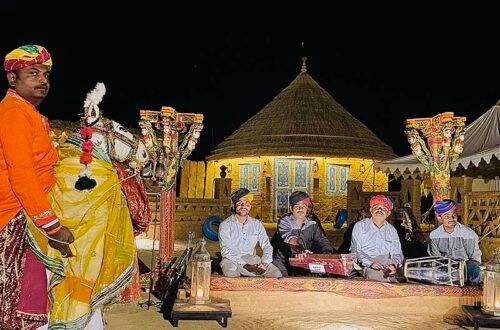Delhi’s culinary identity is as rich and diverse as its centuries-old history. From royal Mughlai feasts to spicy chaat on bustling street corners, the city’s food scene is a confluence of flavor, culture, and tradition. But when it comes to experiencing the true essence of Delhi’s cuisine, travelers and food enthusiasts often face a mouthwatering dilemma: Is the best Delhi food found in fine dining restaurants or the city’s humble street stalls?
While both have their strengths, the answer may lie in understanding the deeper roots of Delhi’s food culture—a journey that some consider to be best explored through a Best Food Tour in India, where authenticity, flavor, and storytelling converge on your plate.
Fine Dining in Delhi: Innovation and Elegance
Delhi’s fine dining restaurants are architectural marvels, often housed in five-star hotels or heritage properties. These spaces are built for those seeking not just a meal, but a refined culinary experience. Dishes are meticulously plated, chefs are classically trained, and the menus reflect global standards with a regional twist.
Here, you’ll encounter signature dishes like butter chicken reinvented with smoked cream or kebabs finished with saffron air. The focus is on innovation while preserving the core of Indian flavors. For travelers seeking comfort, hygiene, and a curated tasting experience, fine dining offers consistency and creative flair. You’re not only paying for food but also the ambiance, personalized service, and often, a sommelier-paired wine experience.
Street Food Stalls: The Heartbeat of Delhi Cuisine
Contrasting this sophistication is the raw, unfiltered magic of Delhi’s street food. From the savory crunch of golgappas in Connaught Place to the iconic parathas in Chandni Chowk, these stalls are more than vendors—they’re custodians of culinary legacy.
Street food in Delhi isn’t just affordable—it’s soulful. Recipes are often passed down through generations, refined over decades, and tailored to local palates. Most importantly, they are prepared with an intensity and rhythm that reflect the city’s dynamic spirit. A true exploration of Delhi’s authentic flavors begins with embracing the chaos and color of its street food markets, especially through curated Old Delhi Food Tour experiences where food isn’t just eaten, but celebrated.
Experience Matters: Where Locals Go, Flavor Follows
A key consideration in the fine dining vs. street food debate is local preference. Ask any lifelong Delhiite, and you’ll notice a pattern—they’ll frequent street stalls for their favorite samosas, momos, or chole bhature. Why? Because these flavors are tied to nostalgia, daily life, and community.
On the other hand, fine dining tends to cater to occasions—anniversaries, meetings, or visiting dignitaries. It plays a different role: more of performance than participation. Therefore, while a Michelin-starred meal may impress your senses, a roadside plate of rajma chawal could warm your soul.
Safety and Hygiene: The Modern Balance
One of the strongest arguments in favor of fine dining is hygiene. With air-conditioned kitchens, food safety protocols, and traceable sourcing, these restaurants offer peace of mind—especially for international tourists wary of “Delhi belly.” But that doesn’t mean street food is unsafe.
Thanks to increasing awareness and responsible tourism, many food stalls now operate with better hygiene standards. Moreover, reputable food tour operators vet these vendors carefully. That’s why customized Food Tour packages in India often include the most trusted and popular stalls—ensuring flavor without compromise.
The Emotional Connection: Stories Served on a Plate
What makes food memorable is not just how it tastes, but how it makes you feel. Street food stalls come with a story—the old man who’s been making the same aloo tikki for 40 years, or the mother-daughter duo known for their perfectly spiced kulchas. These experiences allow for human connection, spontaneous conversation, and cultural immersion.
Fine dining, while more structured, can also offer stories—chef-curated menus, farm-to-table sourcing, and historical inspirations. But the emotion tends to be orchestrated rather than organically discovered.
What Should Food Travelers Choose?
If you’re traveling to Delhi for food, the right answer might not be choosing one over the other, but embracing both. Let your mornings begin with a slow, elegant brunch in a heritage café. Let your evenings unravel in the lanes of Purani Dilli with a spicy tangy chaat plate in one hand and a lassi in the other.
The diversity of Delhi’s food is what makes it extraordinary. A well-rounded itinerary should include both structured meals and spontaneous bites. And that’s where guided food tours shine—they blend the safety of planning with the adventure of the unknown.
Final Thoughts: A City Where Flavor Has No Address
Delhi defies the concept of one “best” food experience. It invites you to taste it all—to sit on a plastic stool under a tin roof and bite into a kachori that changes your life, and to later toast a perfectly grilled seekh kebab in a marble-clad dining room.
Fine dining and street food aren’t competitors in Delhi—they are two lenses through which the city tells its story. The richness of Delhi’s cuisine lies in its contrasts, and to truly savor it, one must open themselves to both the plated and the portable.





